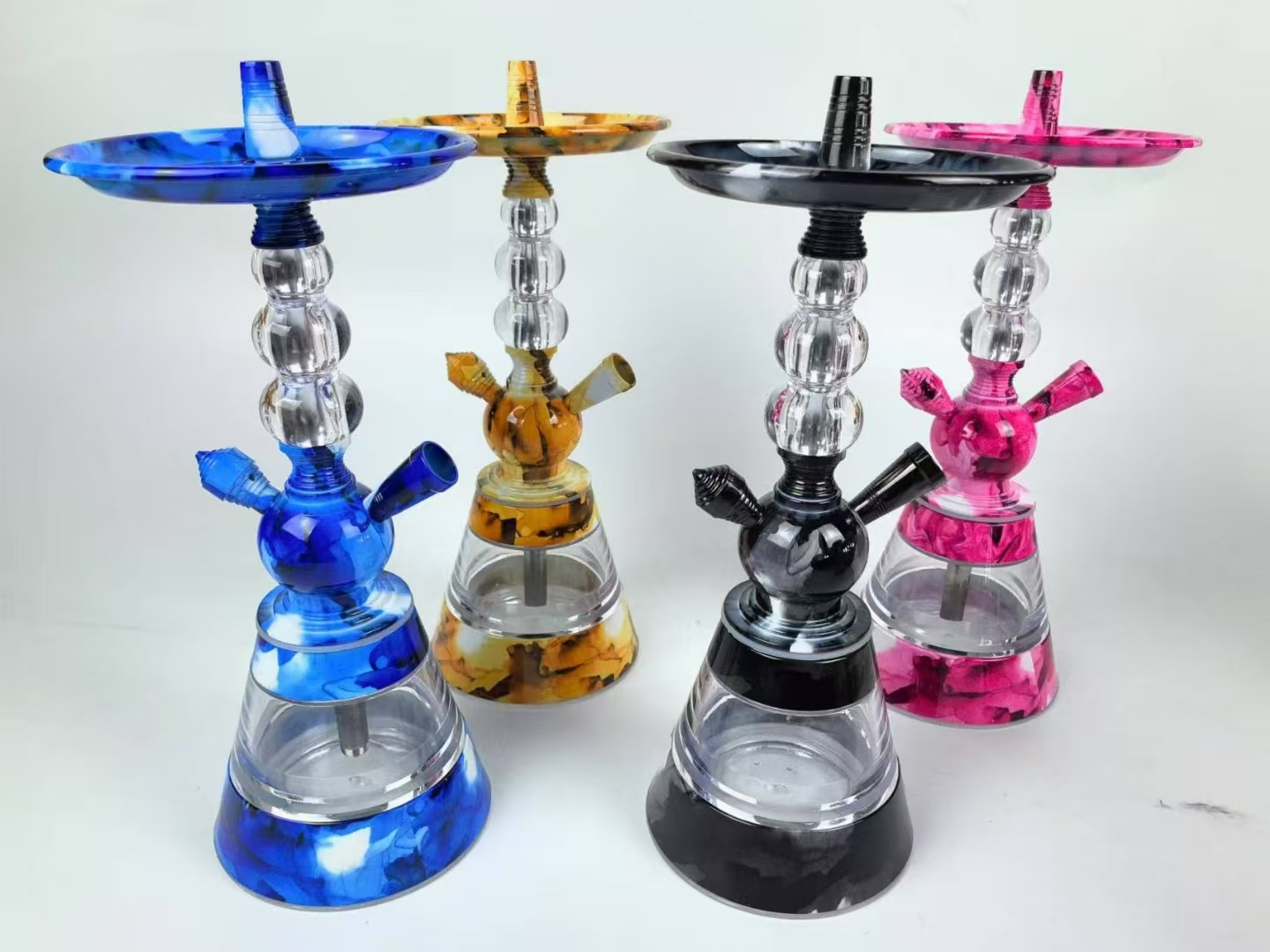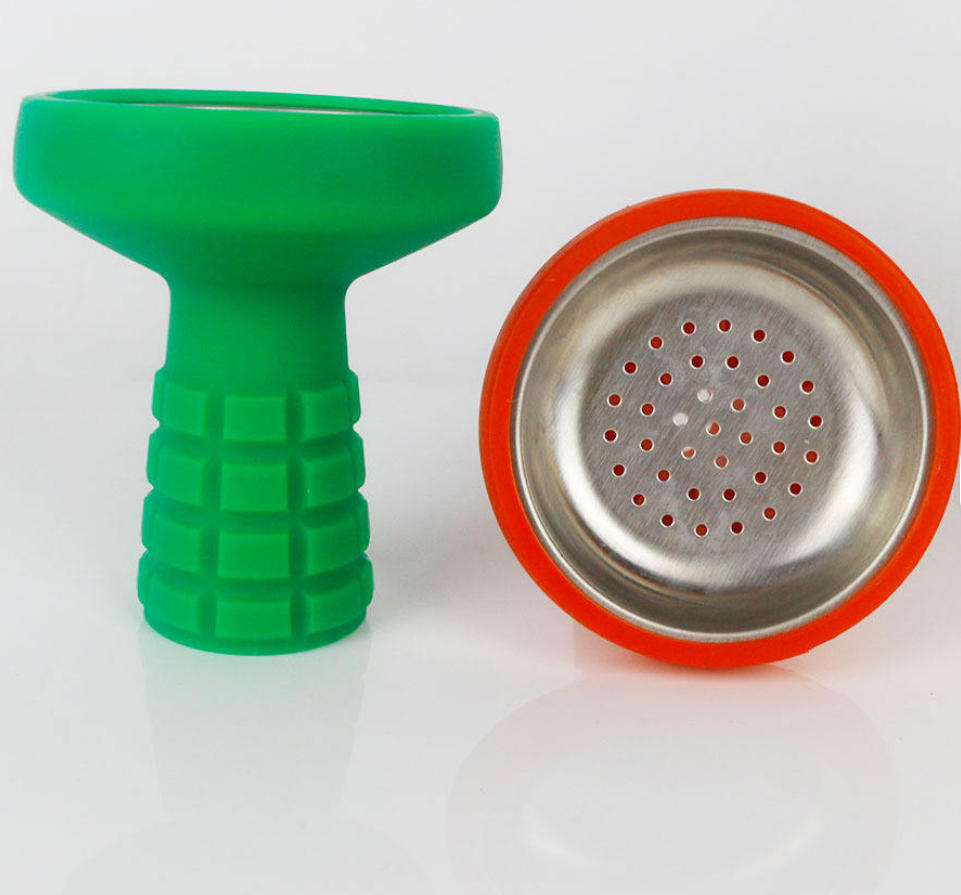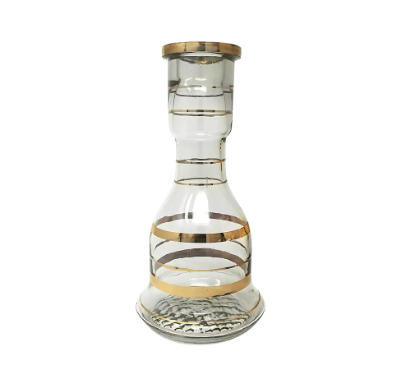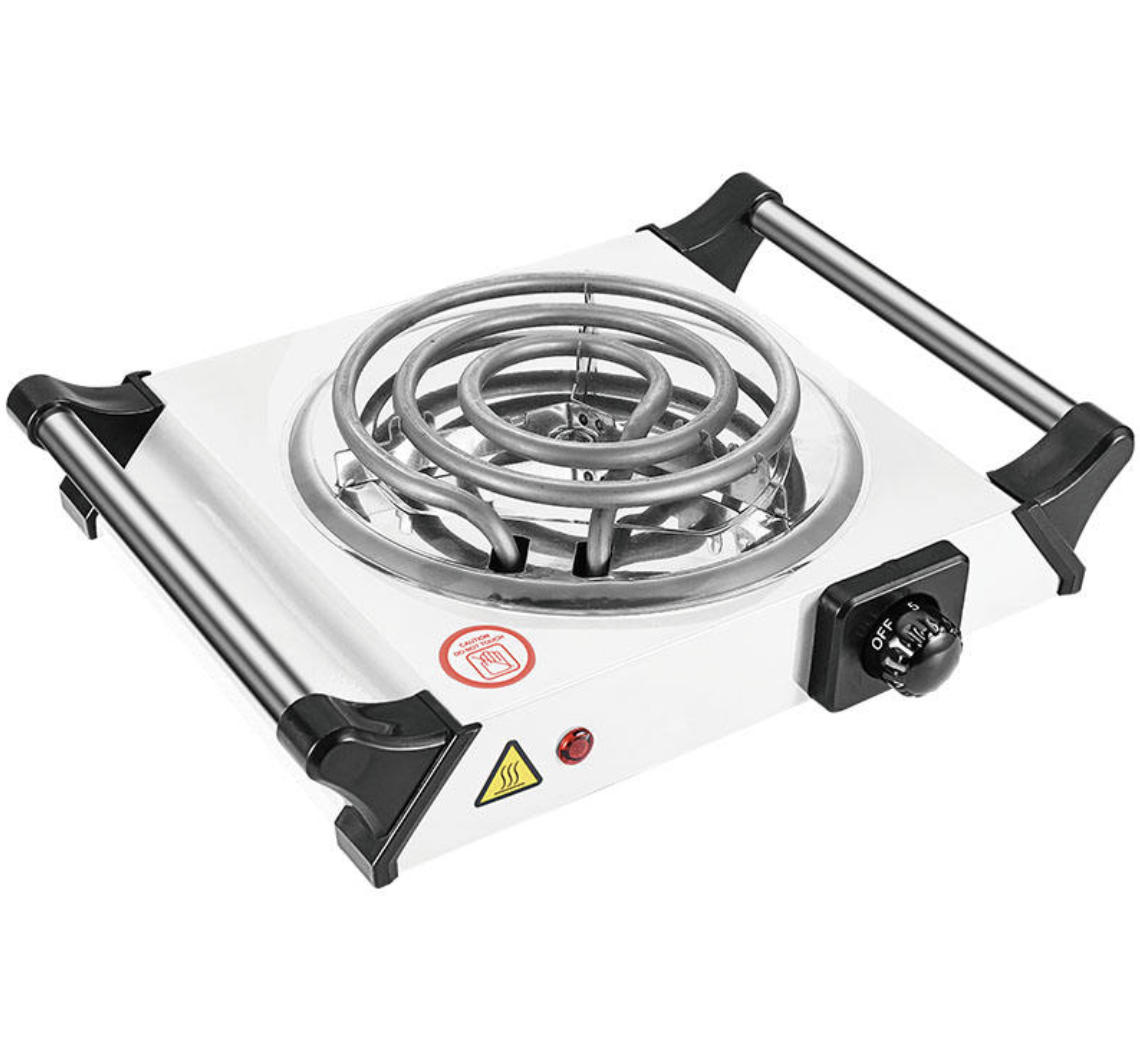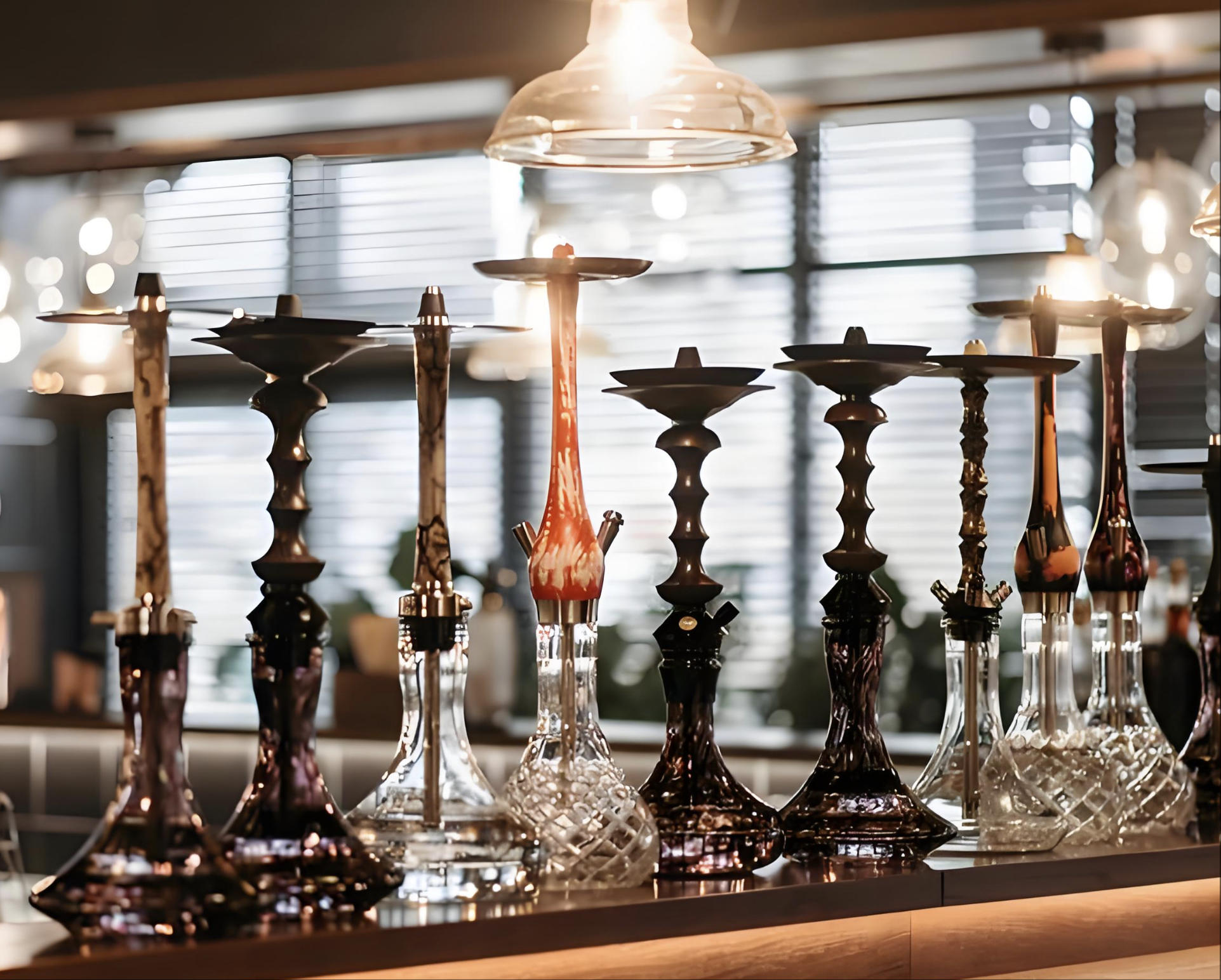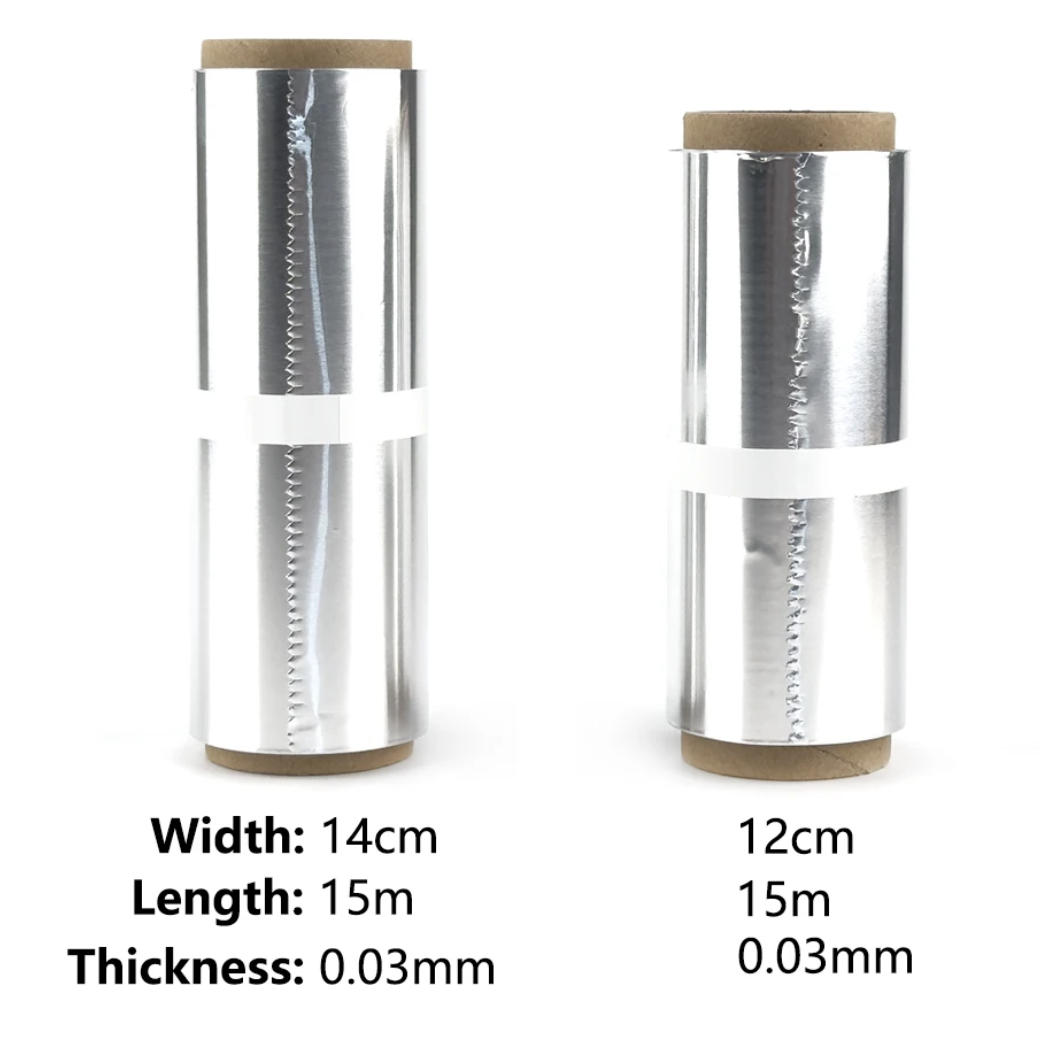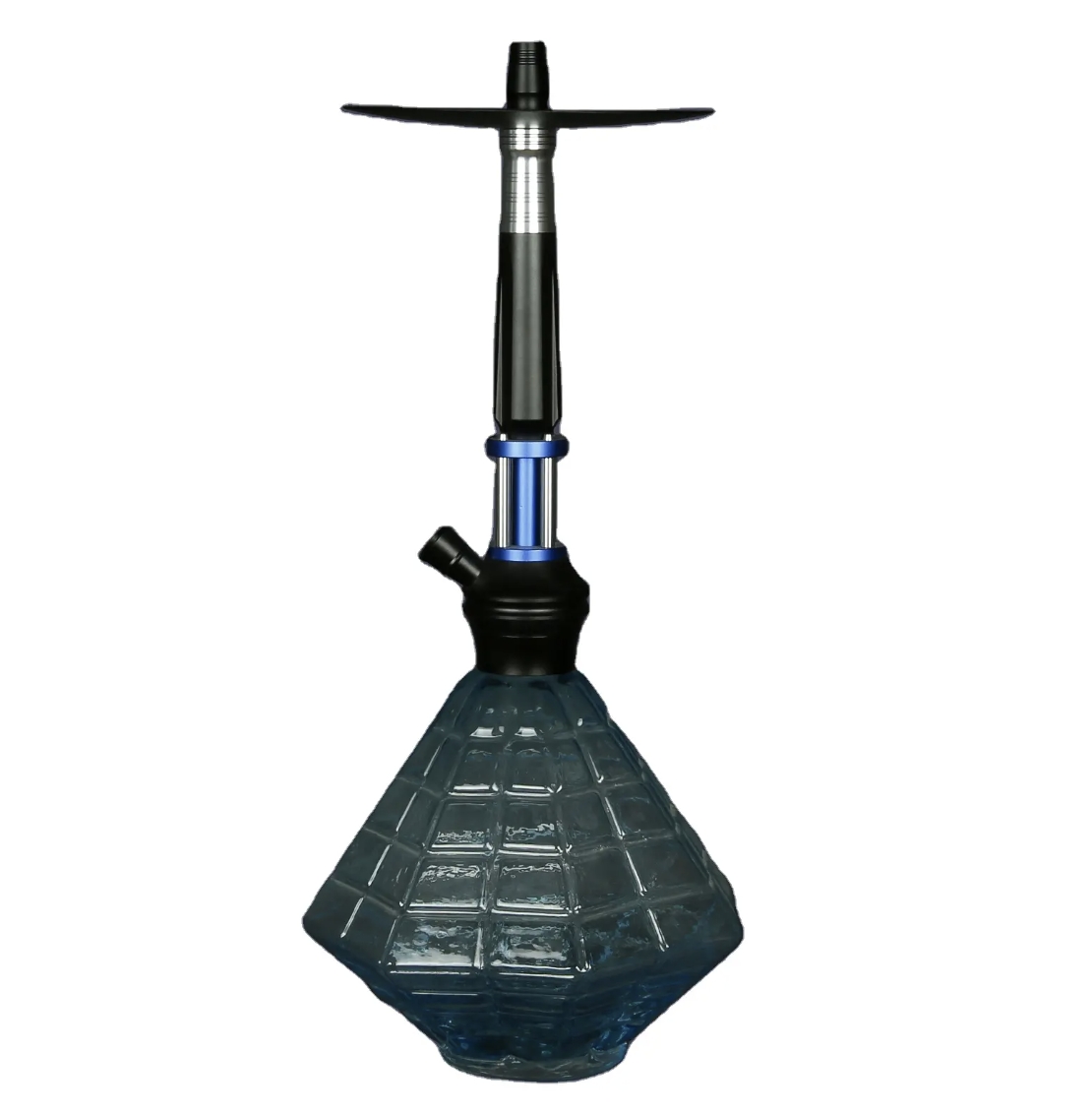What is a Hookah Set?
A hookah set is a water pipe device primarily used for smoking flavored tobacco, also known as shisha or moassel tobacco. The smoke is filtered and cooled through water, resulting in a smoother experience, making it suitable for social settings. Originating in India over 500 years ago, hookah sets have become widely popular in Middle Eastern and North African cultures, such as in Egypt and Turkey, often shared among multiple people to enhance social enjoyment.
Components
A typical hookah set consists of the following main parts:
- Bowl: Where the shisha tobacco is placed, usually made of clay or ceramic.
- Stem: Connects the components, allowing smoke to travel from the bowl to the base.
- Base: Typically made of glass and filled with water to filter and cool the smoke.
- Hose: Used to inhale the smoke, facilitating shared use among multiple people.
- Accessories: Such as a coal tray (for holding heated charcoal), grommets (to ensure airtightness), and purge valves (common in modern designs to expel stale smoke).
Additionally, shisha tobacco (soaked in honey or molasses, glycerin, and flavors) and hookah charcoal (usually made from coconut shells or fruitwood) are required for use.
Culture and Usage
A hookah set is more than just a smoking device; it carries rich cultural traditions. It is commonly used in social gatherings, where friends or family sit together and take turns smoking, creating a relaxed atmosphere. Studies show that this social aspect makes it particularly popular among young people, but it has also sparked health controversies, as hookah smoke may contain harmful substances, and prolonged use may impact lung and cardiovascular health.
Detailed Report
The following is a comprehensive introduction to hookah sets, covering their definition, usage, components, cultural background, and related controversies, aiming to provide readers with professional and detailed information.
Definition and Usage
A hookah set is a water pipe device designed specifically for smoking flavored tobacco (shisha or moassel). Its working principle involves placing tobacco in the bowl, heating it with charcoal, and the resulting smoke travels through the stem into the water-filled base. The smoke is filtered and cooled in the water before being inhaled through the hose. According to Hookah-Shisha, this design produces dense smoke with a rich flavor, suitable for prolonged social smoking experiences.
Its main purpose is to provide a unique smoking method that emphasizes social interaction, often used in cafes, family gatherings, or cultural celebrations. Studies show that hookah smoke is considered smoother than traditional cigarettes, but this does not mean it is safer, and health risks remain a concern.
Detailed Components
The following are the standard components of a hookah set, based on the detailed guide from Hookah.org:
| Component | Description | Material/Notes |
|---|---|---|
| Bowl | Holds the shisha tobacco, which is heated to produce smoke. | Clay, ceramic, metal, glass, or silicone; clay bowls are the most traditional. |
| Bowl Grommet | Secures the bowl and blocks outside air. | Silicone or heat-resistant rubber. |
| Coal Tray | Holds the charcoal to prevent ash and sparks from falling. | - |
| Coal Tray Holder | Supports the coal tray, which may be loose, tight, or fixed to the stem. | - |
| Stem | Connects the components, with smoke flowing through the internal pipe, including the hose port. | - |
| Purge Valve | A one-way valve used to expel stale or poor-quality smoke, common in modern designs. | - |
| Base Grommet | Ensures a seal between the stem and the base to prevent air leaks. | - |
| Hose Port | Connects the hose, extending into the base for smoking. | - |
| Hose Grommet | Ensures a secure hose connection and blocks air. | Rubber or silicone. |
| Hose | The flexible part for smoking, including the mouthpiece, middle section, and connector. | - |
| Base | The water-filled foundation that provides stable support and filters the smoke. | Usually glass, with various designs available. |
| Shisha Tobacco | Tobacco soaked in molasses, glycerin, and flavors, or tobacco-free options. | - |
| Hookah Charcoal | Made from hardwood, fruitwood, or coconut shells, do not use barbecue charcoal. | Quick-lighting (contains chemicals like gunpowder) or natural (chemical-free, longer ignition time). |
| Aluminum Foil | Placed between the bowl and charcoal for indirect heating, can be replaced with foil or metal mesh. | - |
| Water | The most common liquid in the base for filtering smoke; other liquids may be used but may damage the device. | - |
These components together form a complete hookah set, ensuring a smooth smoking process. Users can choose different materials or designs as needed, such as glass bases for added aesthetics and silicone hoses for durability.
Cultural Background and History
The history of hookah sets dates back over 500 years to India, according to Iconhookah. Its origins may have been influenced by Persian traditions, gradually spreading to the Middle East and North Africa. In countries like Egypt and Turkey, hookah has become a part of cultural heritage, commonly used in social settings such as cafes or family gatherings.
It is typically used by multiple people sitting around, taking turns smoking through the hose, emphasizing sharing and interaction. This social aspect has made it particularly popular among young people but has also sparked health and legal controversies. For example, some countries have strict restrictions on hookah smoking in public places, and some regions classify it as a tobacco product, requiring compliance with relevant regulations.
Health and Controversies
Despite the smoother smoke of hookahs, studies show that the health risks cannot be ignored. Hookah smoke may contain nicotine, carbon monoxide, and heavy metals, and prolonged use may damage the lungs and cardiovascular system. According to the CDC, a long hookah session may be equivalent to smoking multiple cigarettes in terms of nicotine intake.
Additionally, the social nature of hookah use may lead to prolonged smoking sessions, increasing exposure to harmful substances. The controversy lies in the fact that some users believe hookahs are safer than cigarettes, but scientific evidence tends to suggest that their health impacts are equally severe. Users should exercise caution, be aware of the risks, especially in public places or among minors.
Unexpected Detail: Social and Art
An interesting detail is that hookah set designs often incorporate artistic elements, such as glass bases with colored lights or carved patterns, enhancing their decorative appeal. In some cultures, hookah use is accompanied by music and dance, becoming a comprehensive social experience. This not only increases its cultural value but also makes it a feature of tourist attractions, such as Middle Eastern cafes.
